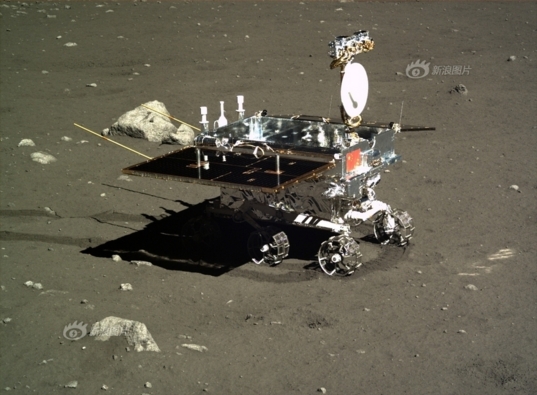Social media and your survival?
January 29th, 2014 at 10:26 pm (Library School)
I’m reading a book called Hanging Out, Messing Around, and Geeking Out for my library school class on makerspaces. The book is a compilation of studies of how today’s youth navigate, use, play, and grow up in virtual spaces in tandem with their interactions in physical space.
Early on, the book refers to “media ecology,” a new term for me. After some online investigation, I determined that it seems to refer to the study of how [communication] media facilitate interactions between people (an “ecology”). The wikipedia article on media ecology goes into far more depth on this, noting that the term was coined by Neil Postman in 1970. He wrote:
“Media ecology looks into the matter of how media of communication affect human perception, understanding, feeling, and value; and how our interaction with media facilitates or impedes our chances of survival.”
How does your use of Facebook facilitate friendships? Does Twitter trigger new ties? Does email elucidate and edify? But it’s not just about communication and reflection; Postman used the word “survival.” Well, consider: if people use new media to form new relationships, those networks can indeed play a role in survival: friends, romantic partners, support networks.
McLuhan, another media ecologist, proposed the media tetrad as a framework in which any medium (or technology) might be analyzed. It asks you to brainstorm about what the medium enhances or improves, what it renders obsolete, what it retrieves (brings back from the past), and what it does in reversal (bad effects, in the limit). I found that rather abstract; it makes much more sense if you consider some examples.
I practiced by making my own tetrad about in-car navigation systems, which
- generally improve the speed with which you reach your destination,
- render paper maps (and back-seat navigators) obsolete,
- retrieve confidence in finding places and not getting lost, and
- with frequent use may reverse into a degraded personal sense of direction and location.
But going back to the media ecology concept, the main idea is that of connections and interactions. I thought this observation from the book was particularly astute:
“One of the important outcomes of youth participation in many online practices is that they have an opportunity to interact with adults who are outside of their usual circle of family and school-based adult relationships” (Ito et al., 2010, p. 7)
That is, it’s not just about other youth they might connect with, but adults as well, who might become mentors, instructors, friends, or protectors. I wonder how many youth make online connections of this kind (yes, not the creepy kind). How might my teenage years have been different, with the Internet to hand? There’s a tetrad to be sketched, right there.




